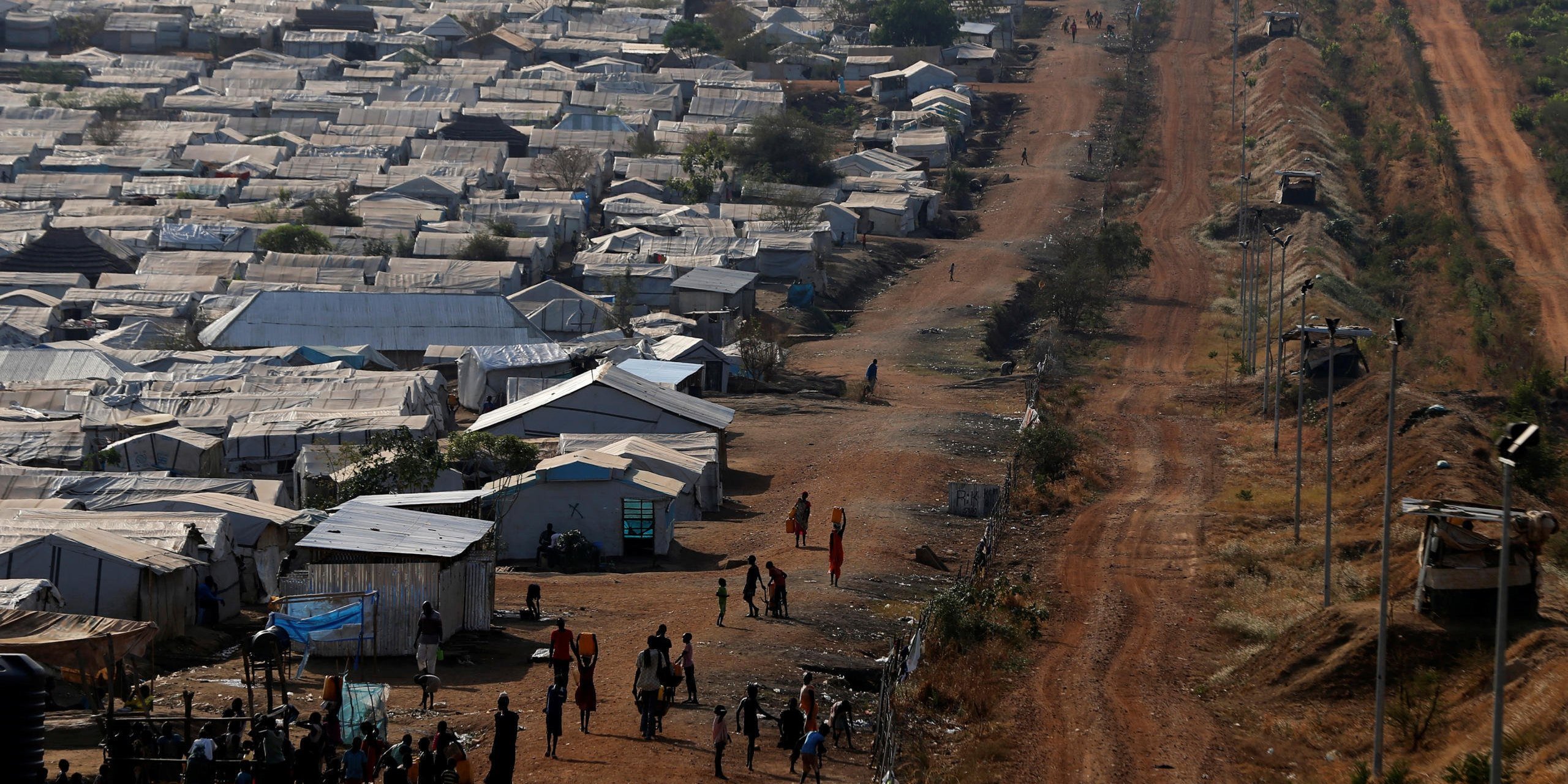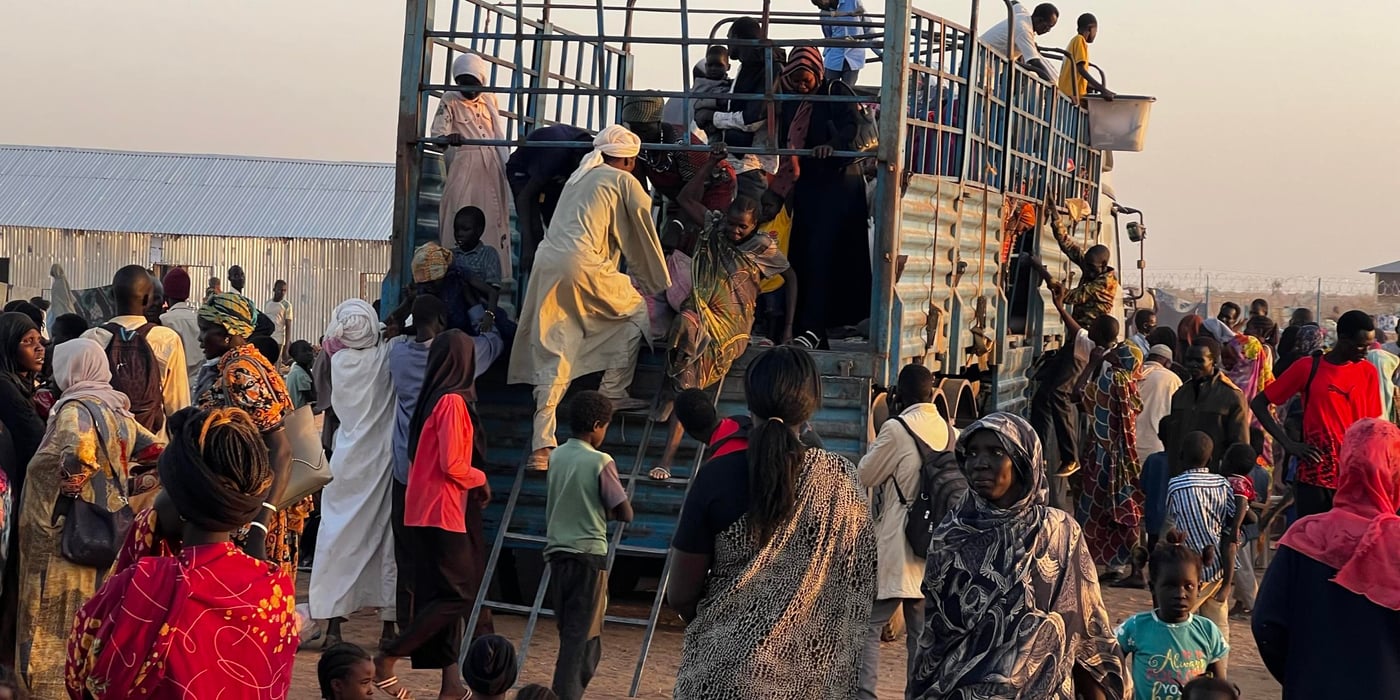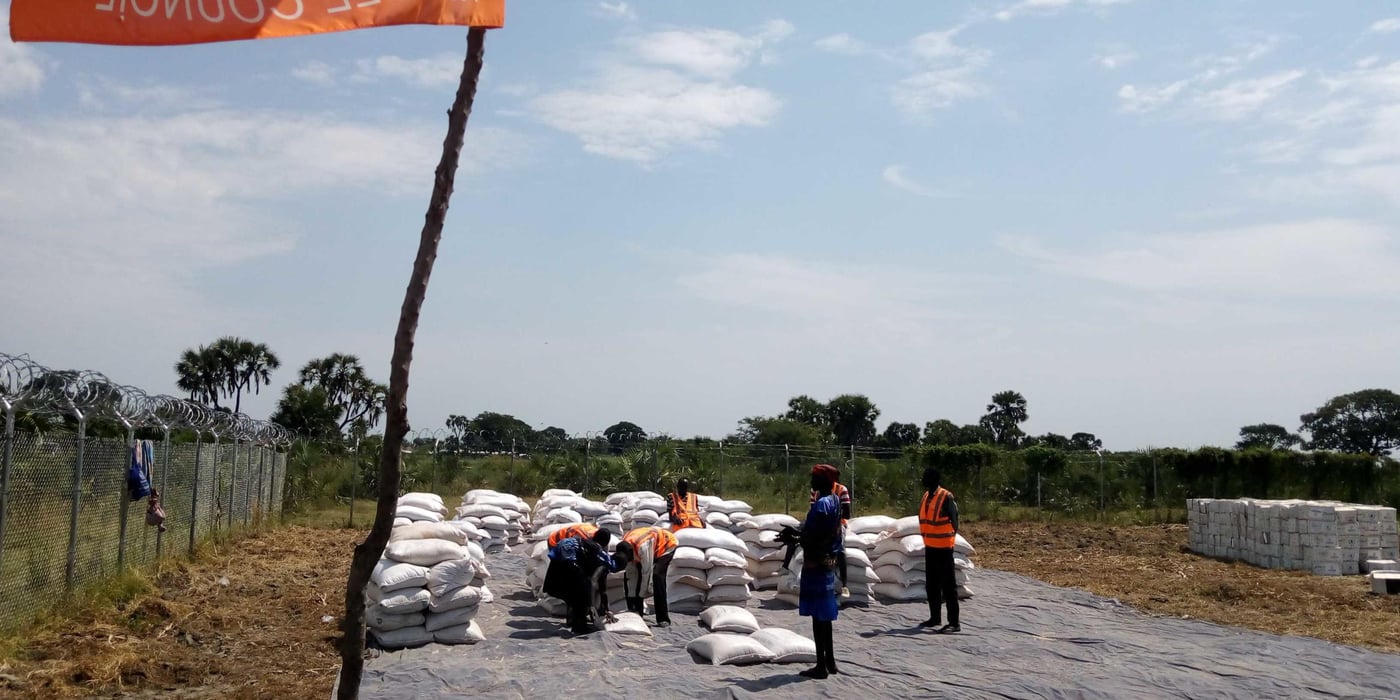
When South Sudan celebrated its first Independence Day in the capital Juba on 9 July 2011, the 30 attending heads of state, UN Secretary-General Ban Ki-Moon and western diplomats considered it an end to decades of brutal conflict. The new nation was internationally held up as a beacon of hope.
In this optimistic environment, it was easy to ignore the warning signs of conflict brewing beneath the surface. Occasional outbreaks of violence over the two years that followed were dismissed as growing pains, and as ethnic clashes without wider consequences.
Negative talk about the world’s newest nation was decidedly out of fashion. The UN and non-governmental organisations spoke of development programmes and long-term peacebuilding. Emergency aid took a back seat as South Sudan was pushed towards ‘transition’ and ‘recovery’.
How catastrophically wrong we were.
When violence erupted on 15 December 2013, aid workers and UN peacekeepers found themselves woefully unprepared for the magnitude of the crisis that would follow.
Few people imagined in the following days that 30,000 South Sudanese would flee for their lives to the gates of UN peacekeeping bases across the country. Women and children arrived with only the bare essentials they could manage to carry, many of their homes destroyed in the fighting.
Peacekeepers sports fields and other free spaces were hastily cleared, as tents were set up to house the new arrivals. Draining systems were dug so the camps could provide toilets and washing facilities. Drinking water and food were trucked in. Aid workers uncomfortably set operations under the watchful eye of the peacekeepers and their guns.
Fewer people would have believed that three years later the so-called ‘protection of civilians sites’ inside UN bases would have grown to shelter a staggering 200,000 people. Families would still be too afraid to return home.
Aid workers and the UN mission were ill-prepared for a scenario where communities would stay long term inside UN grounds. At the most, they had considered people fleeing for a few hours or a couple of days. The potential problems with the new reality would soon begin to unfold.
Just days after the conflict broke out, the UN base in Akobo town was attacked. Two peacekeepers and at least 20 civilians were killed. Similar events would be repeated in the sites in Bor, Malakal and Juba in the years that followed.
The protection of civilian sites tested how aid workers and UN military peacekeepers could work side-by-side. Before, it was normal for aid workers to keep their distance from peacekeepers, as a signal to warring parties that they were neutral and not associated with military groups.
Forced to work alongside one another, each made commendable efforts to navigate this new terrain. Today the response has made important progress from where it stood three years ago. Coordination between peacekeepers and humanitarians has improved, and conditions for families living in the camps are far better than the flooded sites they endured in 2014.
Despite modest successes, however, we must ask ourselves if the lessons from South Sudan will be applied to the next outbreak of conflict. If 10,000 Congolese surged into the UN’s MONUSCO base in the Democratic Republic of the Congo tomorrow, would the humanitarian community do better?
In 2015, the UN Department of Peacekeeping Operations made it global policy that UN missions with a mandate to protect civilians must open their gates to people fleeing violence, if peacekeepers are unable to protect them outside their bases. This policy, combined with the precedent set in South Sudan, makes it possible that these types of sites will emerge elsewhere in the future.
The tensions in the Central African Republic, Burundi and elsewhere, make this scenario a possibility sooner rather than later.
The Norwegian Refugee Council issued a publication this week applying lessons from South Sudan to future civilian site scenarios. It advises how aid workers and peacekeepers can co-exist in a shared space; how rules should be set up to manage criminality and security issues in camps; to prevent the flow of arms into sites; and how to ensure families are eventually able to leave and return home.
As a humanitarian community, we have a responsibility to learn from past operations. We will have no excuse to be unprepared for the next conflict where people flee to UN bases. Given the complexities of managing and navigating these sites, it is imperative that the UN, non-governmental organisations and donors start considering these issues now – before we are faced with the next crisis within a crisis.
If we wait until people flood into the next UN base, it is already too late.



